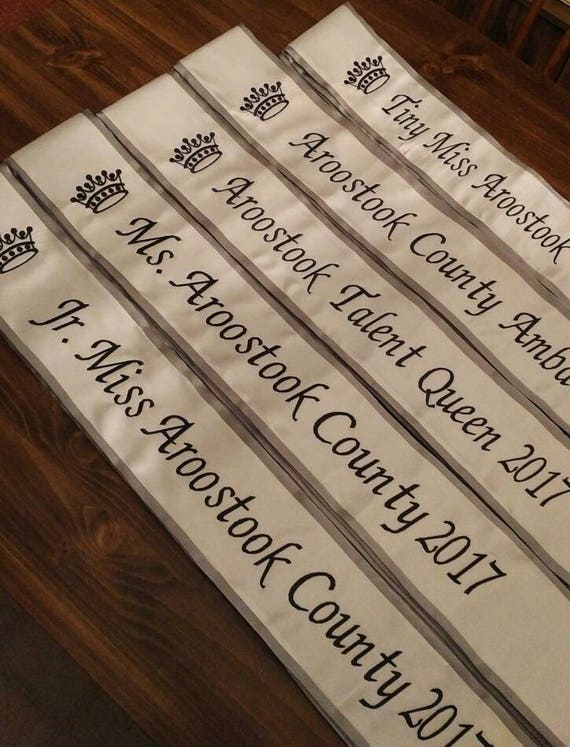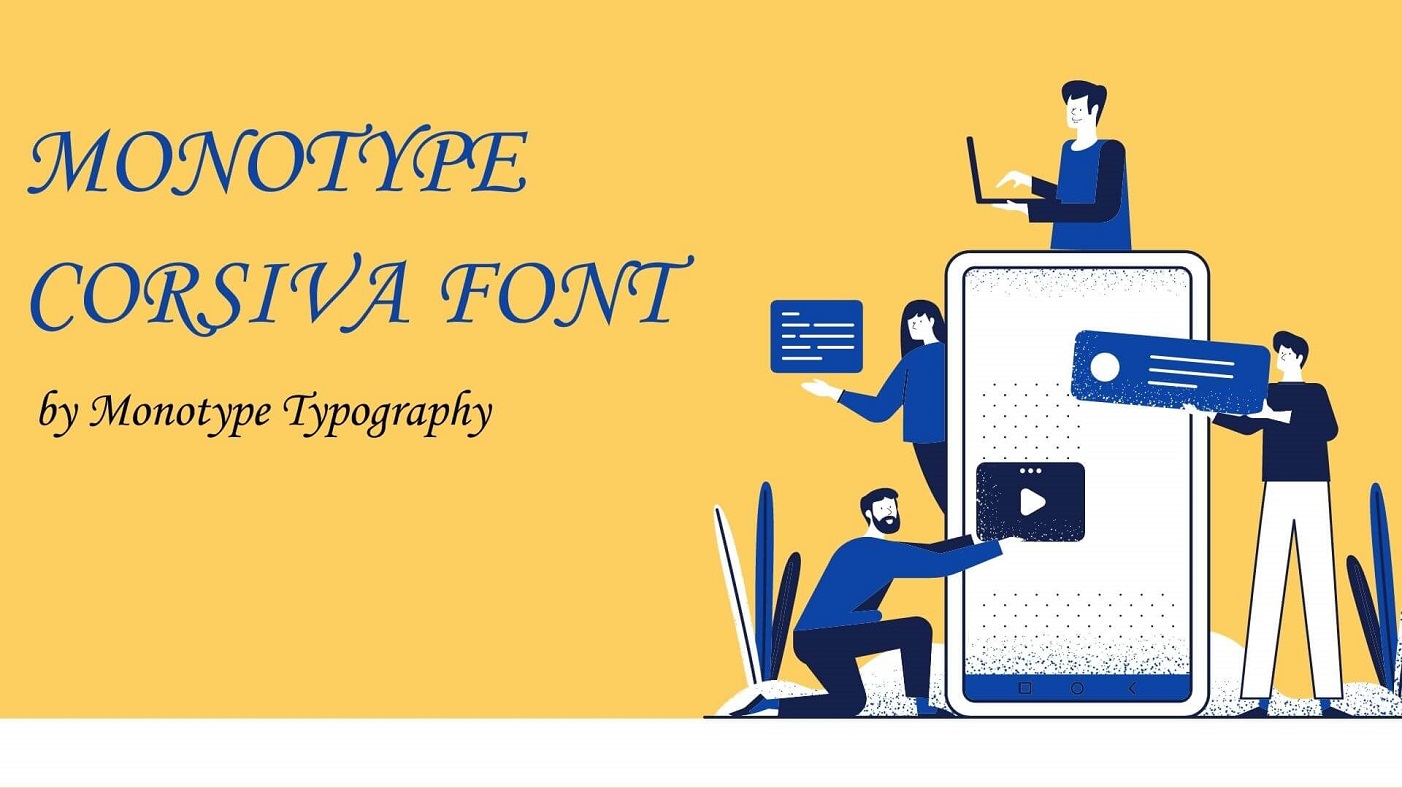

De Groot’s Calibri is among a number of typefaces designed since the 1980s for common office use by major operating system and productivity software makers. Though many typefaces in common use were designed or are largely based on letterforms from 1500 to the 1930s, font detectives don’t have to conduct seances to ask questions about the most frequently used typefaces in legal cases. De Groot noted that the first commercial availability was November 30, 2006-several months after the document’s alleged date of execution. That was the case with the Sharif Calibri document, in which the typeface’s designer, Lucas de Groot, provided information to the press via his type foundry about Calibri’s deployment timeline-when it was in beta testing, and when it became available to a wider set of users. Haley says that identifying an anachronistic or impossible font usage is “a matter of knowing the design, knowing the history of the typeface, knowing the history of the typographic community.” And other type designers can be a help: “It’s still a relatively small community, so it’s pretty easy to reach out to somebody and ask, ‘Did you design it, then?’” Steven Heller addressed this for Wired in 2015.) These can lead to multi-million-dollar settlements, too. (There’s a long history of lawsuits about typefaces being copied, too, which gets quickly into the murky territory of how, in the US, font designs can’t be easily copyrighted-but certain design elements may be painstakingly patented, and digital font files (as software) can be protected under the Digital Millennium Copyright Act. The case was settled out of court, with the accused firm accepting the explanation that the bigger one had made a mistake.

Haley found that the smaller company had been using the type elements since the late 1800s, “and the high-end one hadn’t been around very long at all,” he says. His research discovered that, in fact, the opposite was true. Like Phinney, Haley has been tapped for his expertise in legal matters and less formal disputes he recalls a situation in which a “high-end manufacturer of high-end fashion” accused a smaller firm of copying some distinctive letters in its logotype (a logo formed from letters). Haley’s point, too, is that a font detective has to know the history of type and printing to provide effective insight.

Haley says this partly in jest, but he explains that Gutenberg mimicked existing calligraphy used for bibles and other Church material to retain the authoritative nature of the previous text by adopting its form. “Typographic design and type design was born out of forgery, because what Gutenberg was designing was born of the work of scribes,” says veteran typographer Allan Haley, who for 15 years was the director of words and letters at the Monotype type foundry. “The most common thing is, there’s some kind of legal document that has some kind of legal requirement to be a certain size,” he says. He notes that about half of the cases for which he offers expert opinion-and especially those that consume the most time and money-have to do with the size of text. Phinney was hooked, and he continues to say yes when asked, charging hefty fees for his time. In that case, in addition to font discrepancies, Phinney testified that a will dated in 1983 was printed by a high-resolution ink-jet printer, the Deskjet, which wasn’t a product until 1988. “I was the only one who expressed an interest,” he says. He was part of Adobe’s type design team in 1999 when a lawyer emailed looking for a font expert to help determine the validity of a will. He is also a natural storyteller, and speaks in a professorial style of infinitely bifurcating tales-one leads to another leads to another, all of them interesting. For decades, he has largely focused on the intricate and exhaustive work of type design, a task that requires aesthetics, hand skills, and enormous patience to create the several hundred to thousands of distinct characters needed by modern users. Phinney didn’t set out to be a font detective.


 0 kommentar(er)
0 kommentar(er)
